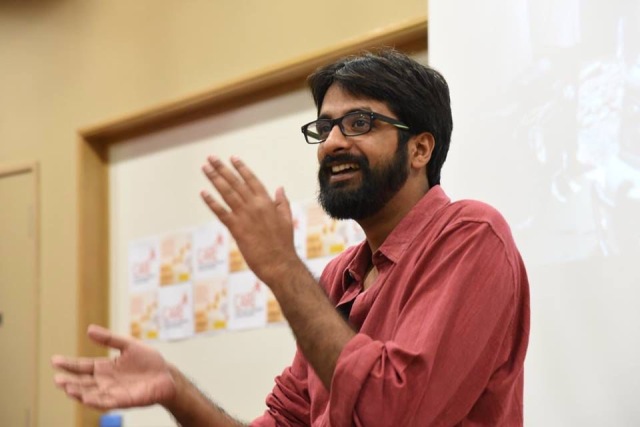Nakul Singh Sawhney, an independent filmmaker, wonders if people will ever know the truth behind India-Pak conflict because the media has forgotten its role. His views:
As the dust begins to settle on the latest Indo-Pak conflict following Operation Sindoor, a careful analysis reveals that we are left with more questions than answers. Claims and counterclaims from governments on both sides of the border are being made. Both sides are claiming ‘victory’. Pakistan celebrated 10 May as ‘Victory Day’ against India. And the BJP is undertaking a 10-day Tiranga Yatra to commemorate the success of Operation Sindoor.
Both sides have their versions of army, civilian, and terrorist casualties. So, what is the truth?
One may never know. After all, the media, the fourth pillar of our democracy, is supposed to be the harbinger of truth. Yet, if anything, it was this pillar that crumbled during this entire episode.
Indeed, the state of the majority of Indian media is scaryto say the least. Most of them used a war-like situation to increase their view count, created non-stop frenzy, and peddled fake news all through the conflict. A very delicate situation was exploited for personal gain. There was a ‘romanticising’ of the conflict, as if a Bollywood film was running.
A news channel informed us that India had taken over Lahore, another said that Islamabad was under siege, yet another claimed that many big cities of Pakistan had been captured, and the Pakistani army had surrendered. A missile had landed just 20 km away from Pakistani Prime Minister Shehbaz Sharif’s house.
One news anchor proudly advised Pakistani children to refrain from drawing their national maps that night, since their country’s national borders would be redrawn soon. In an even more shocking incident, a diplomatic stir erupted between Iran and India after a retired Major and TV anchor, Gaurav Arya, called the Iranian foreign minister, Abbas Araghchi, son of a pig on his channel, Chanakya Dialogues.
Amid this frenzy, 16 civilians, including five children, were killed in the border area in Poonch, a town in Jammu near the LoC, after intense shelling by the Pakistani army. As testosterone levels exploded in newsrooms, the reality of Poonch did not even find a mention.
Of course, people living in the border towns of Jammu and Kashmir, Punjab, Rajasthan and Gujarat couldn’t enjoy the war the way the media wanted. For them, it wasn’t a video game being played at someone else’s expense.
ALSO READ: ‘Border Area Residents Prepared For War But Pray For Peace’
Ironically, none of the channels sprouting fake news was banned or reprimanded by the state. Instead, websites and/or social media handles and independent news portals were blocked, and no explanation was offered. What sort of a message was the Indian State sending out?
Since the Modi government has come to power, more and more mainstream media channels have stopped asking questions from the Centre. They have become, instead, amplifiers of the Indian government’s positions.
Ironically, these channels are often seen questioning the opposition parties. Islamophobic content has become the norm. Ground reports are a thing of the past, and studio rants and chest-thumping screeching dominate prime time. ‘News’ channels have been reduced to the most vulgar and voyeuristic forms of entertainment.
Some serious questions could have been raised in the media after the last conflict. What happened to the four terrorists who carried out that demonic and cowardly attack against innocent tourists in Pahalgam on April 22?
For anyone willing to scratch beneath the surface, a worrying reality is staring India in the face. Our diplomatic relations with many South Asian neighbours, and even other countries, globally, are beginning to fray. How and why have things come to such a pass?
Many more such uncomfortable questions could be asked. But these issues will never make it to the mainstream media. Their full-time job is now to venerate our supreme leader and cover up the glaring failures of this government. If the media is indeed the fourth pillar of our democracy, then this malaise is symbolic of not just the media, but also of a gradually crumbling democracy.
As Aeschylus once said, “The first casualty when war comes is truth.” That, unfortunately, seems to be the consistent casualty in the Indian media today, war or no war.
(The narrator is the founder of a film and media collective in western Uttar Pradesh called ChalChitra Abhiyaan. His prominent films include Izzatnagari ki Asabhya Betiyaan and Muzaffarnagar Baaqi Hai…)
As told to Amit Sengupta
